While many travelers focus on museums, restaurants, and historical landmarks when planning urban adventures, some cities offer extraordinary park systems that become unexpected highlights of any visit. These green spaces provide not just a respite from concrete jungles but destinations worth exploring in their own right.
Here is a list of 18 cities across the United States and beyond where the local parks system deserves star billing on your itinerary.
Minneapolis
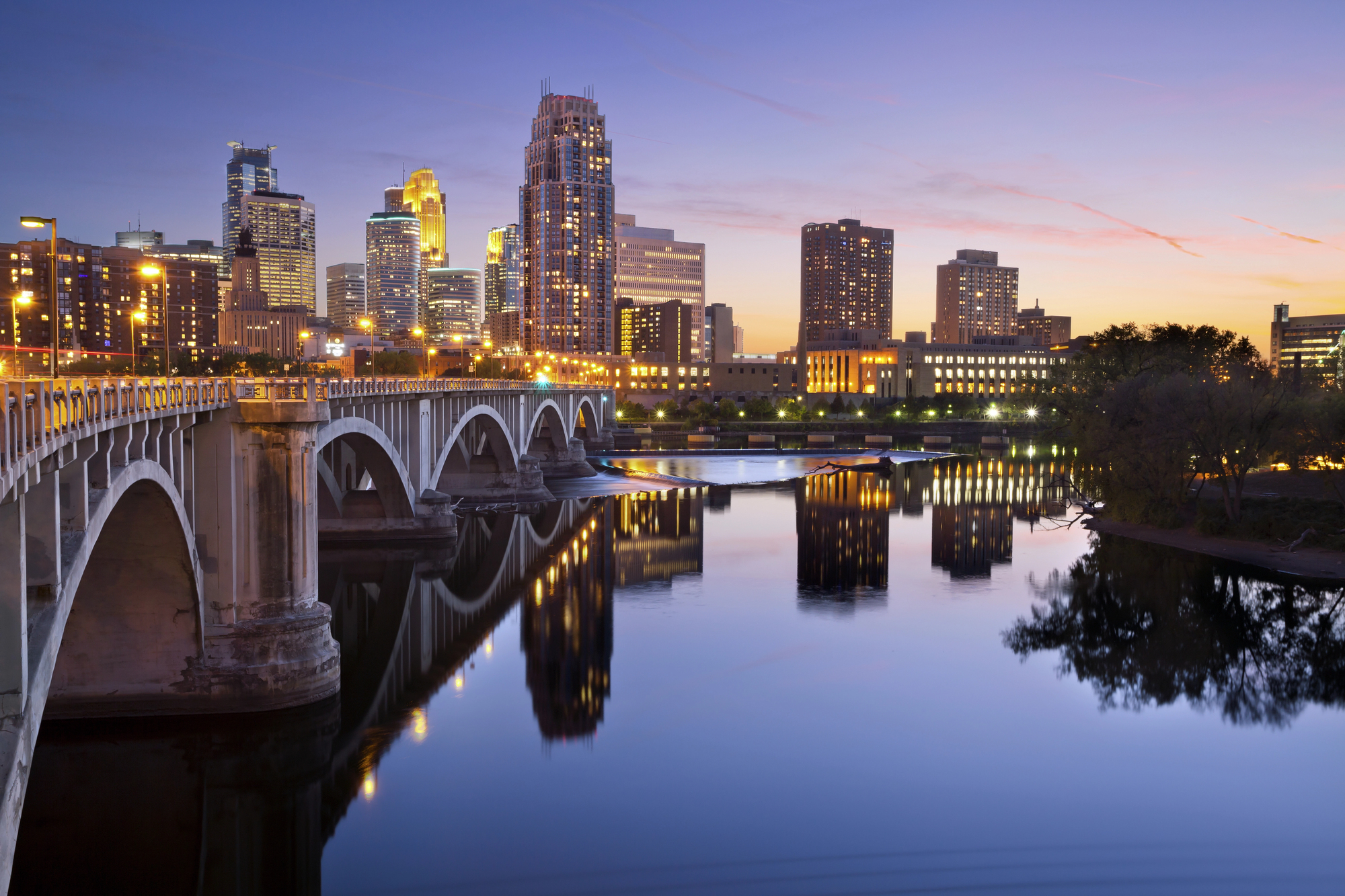
The Grand Rounds National Scenic Byway connects a necklace of parks circling the entire city with 50 miles of trails linking lakes, the Mississippi River, and woodland areas. Minneapolis dedicates 15% of its land to parks, with nearly every resident living within a 10-minute walk of green space.
The Chain of Lakes area features five connected bodies of water with beaches, boat rentals, and cycling paths that showcase why Minneapolis consistently ranks among America’s best park systems.
Vancouver
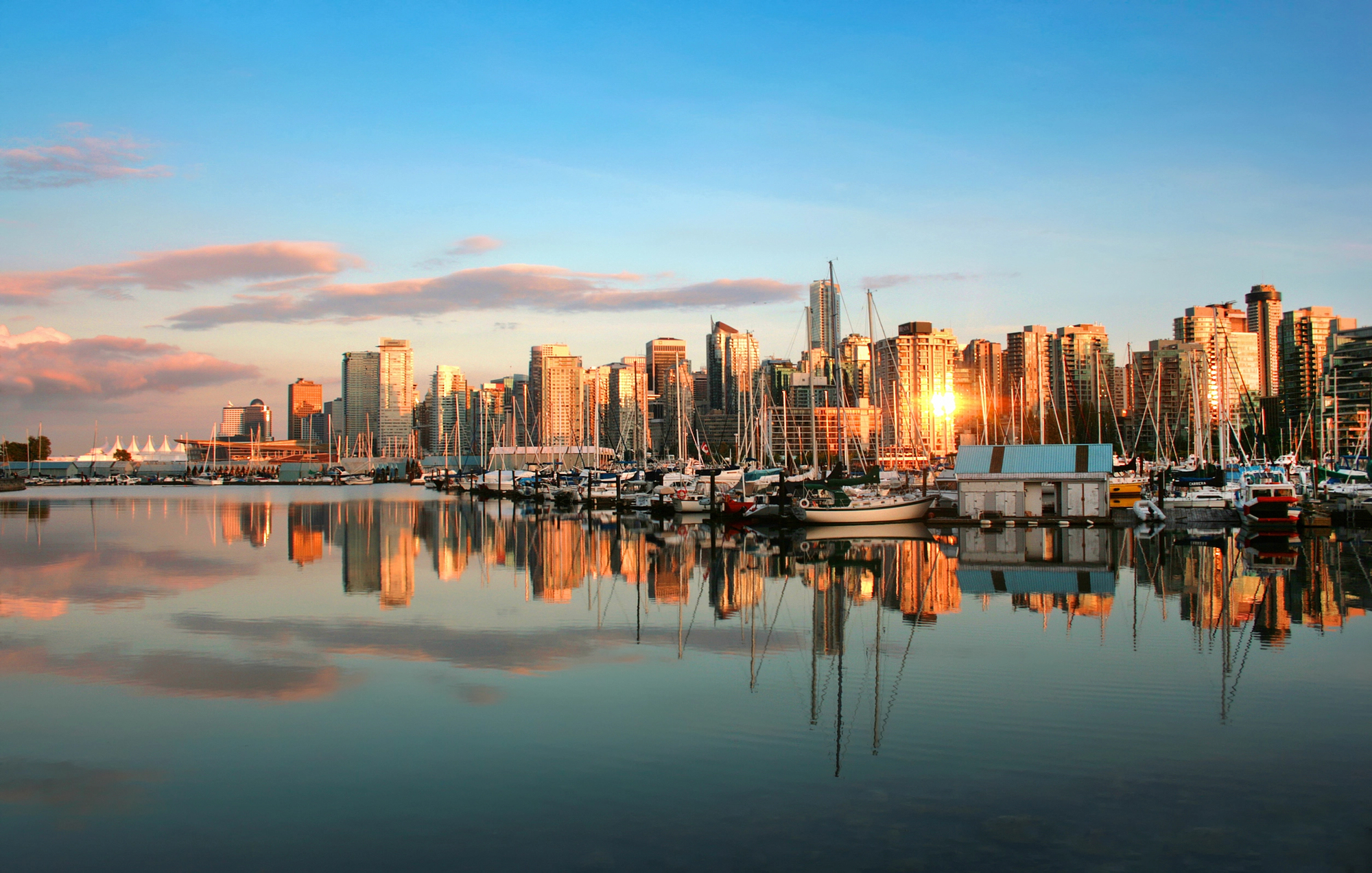
This Canadian gem balances urban development with accessible natural beauty through more than 230 parks covering 11% of the city’s total land area. Stanley Park, a 1,000-acre peninsula of temperate rainforest surrounded by the Pacific Ocean, offers beaches, an aquarium, and the famous 5.5-mile seawall path.
The city’s parks feature everything from mountain views to Japanese gardens, creating an outdoor experience that rivals any indoor attraction.
Singapore
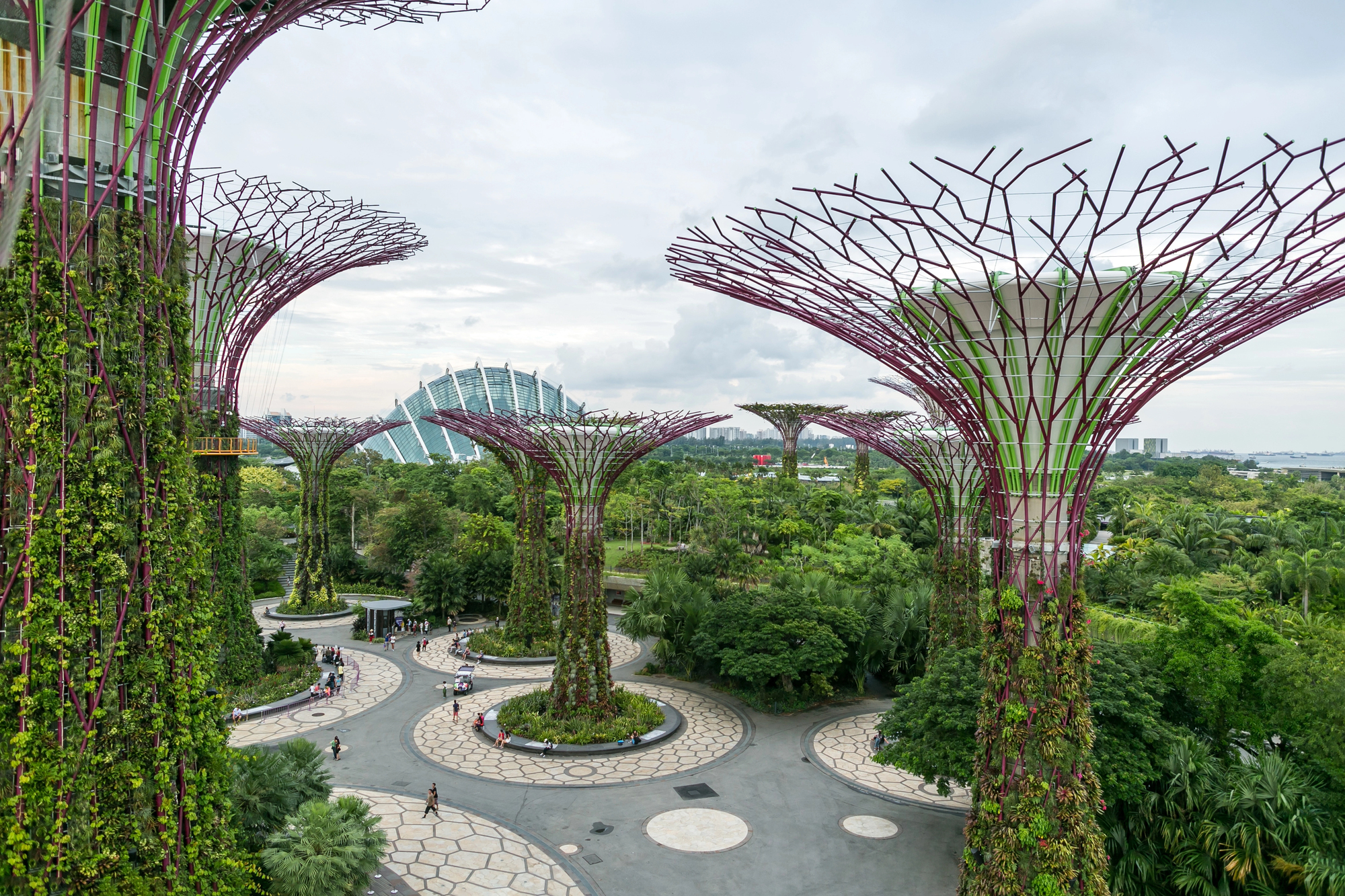
This island city-state transformed itself from a concrete jungle to a garden city through ambitious green space initiatives that integrate nature into urban planning. Gardens by the Bay features futuristic 160-foot Supertrees covered with plants that light up at night in synchronized shows.
The elevated Southern Ridges trail connects multiple parks via impressive foot bridges suspended above the jungle canopy, allowing visitors to walk for miles through lush greenery without descending to street level.
Like Travel Pug’s content? Follow us on MSN.
Chicago
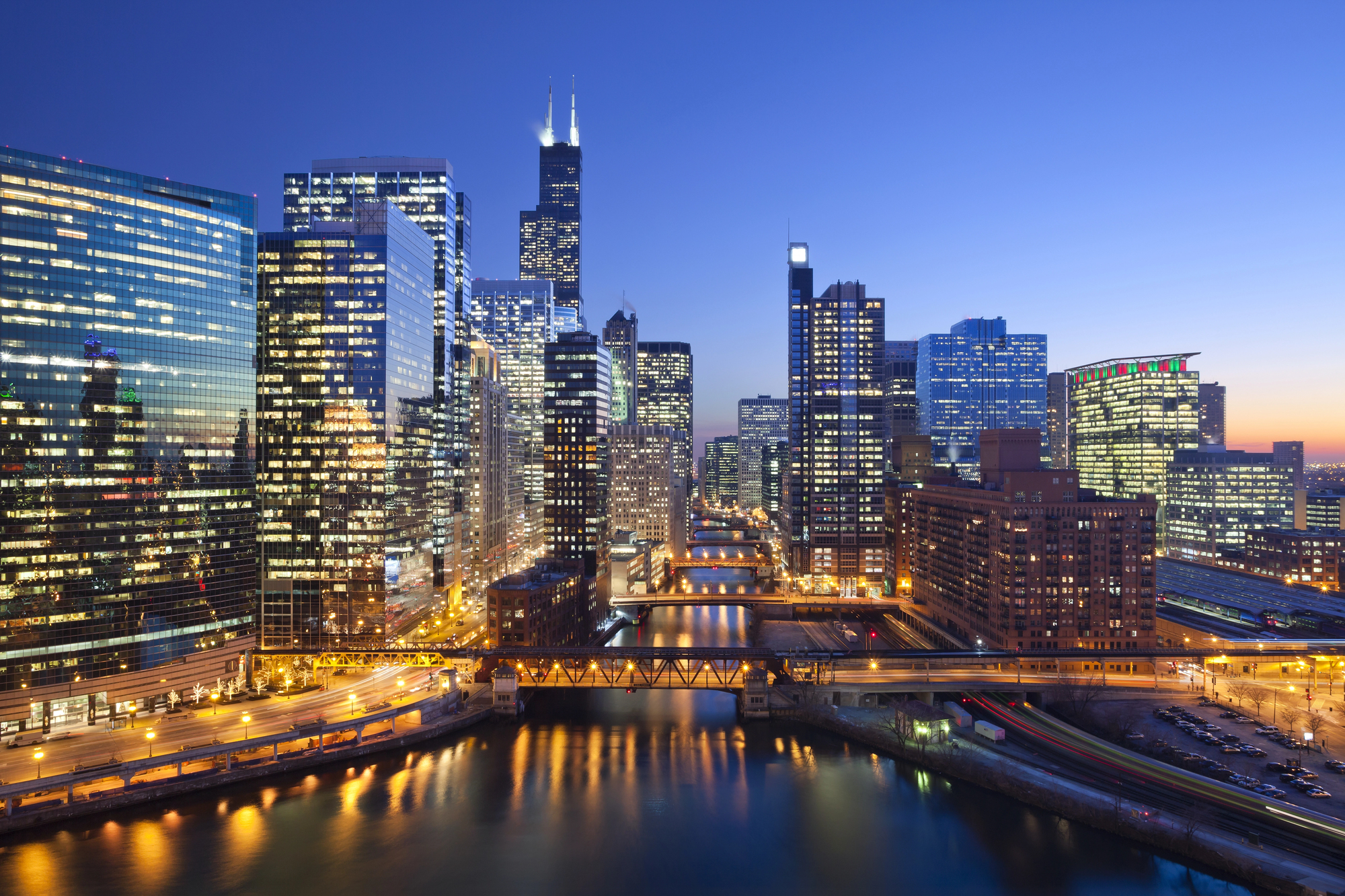
The Windy City’s motto, ‘Urbs in Horto’ (City in a Garden), comes to life through its expansive lakefront park system stretching 26 miles along Lake Michigan. Millennium Park showcases how modern urban parks can integrate art, architecture, and landscape design with attractions like the reflective Cloud Gate sculpture (nicknamed ‘The Bean’).
The connected Grant Park features Buckingham Fountain, while Lincoln Park includes a free zoo and conservatory, making Chicago’s green spaces world-class destinations in themselves.
Portland
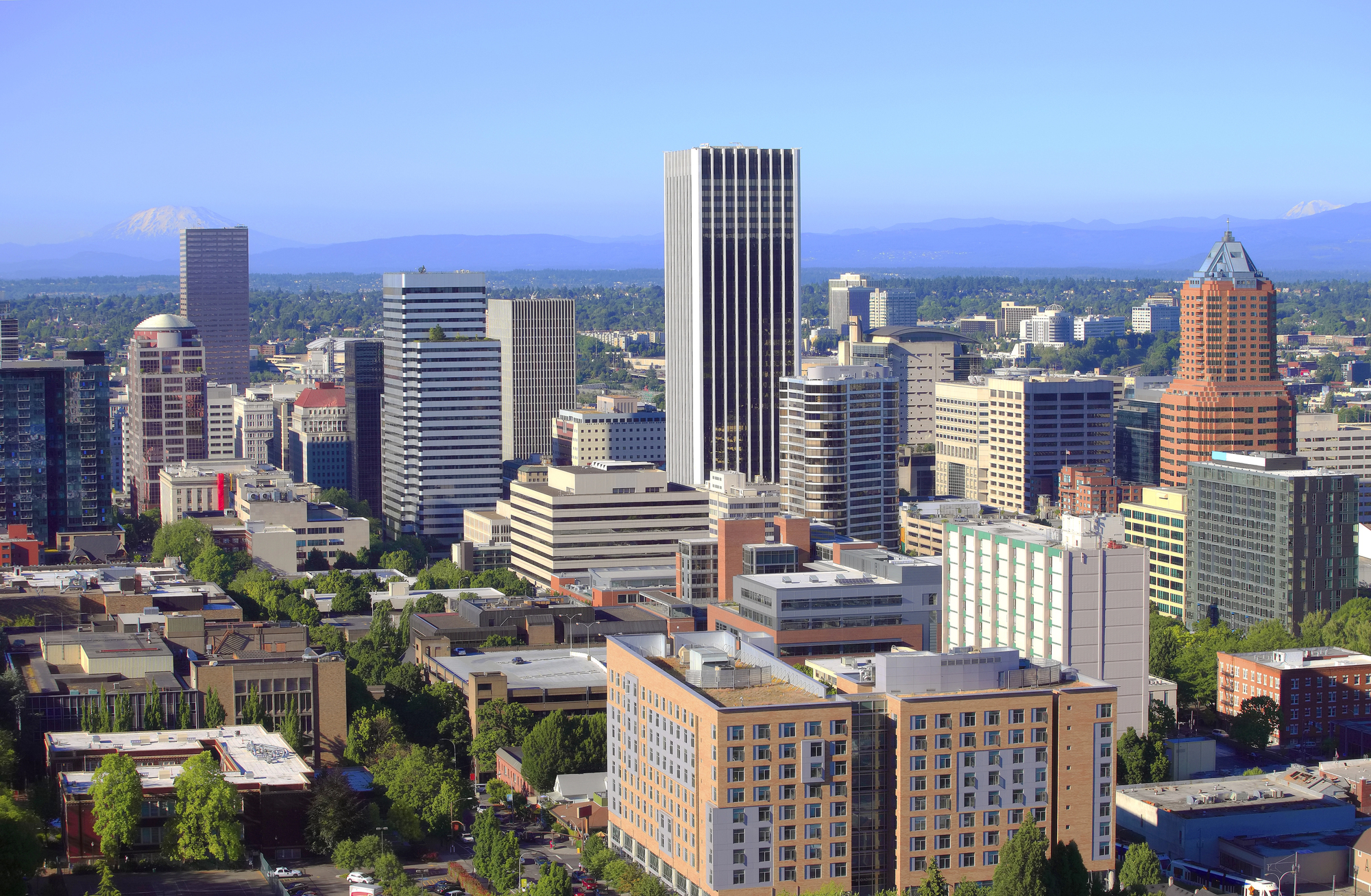
Oregon’s largest city maintains nearly 10,000 acres of parkland despite its relatively compact size, with Forest Park alone covering 5,200 acres of temperate rainforest within city limits. The park contains more than 80 miles of trails for hiking and mountain biking, just minutes from downtown.
Portland’s park system includes unique features like Mills End Park, which at just 24 inches in diameter, proudly holds the title of the world’s smallest park.
Melbourne
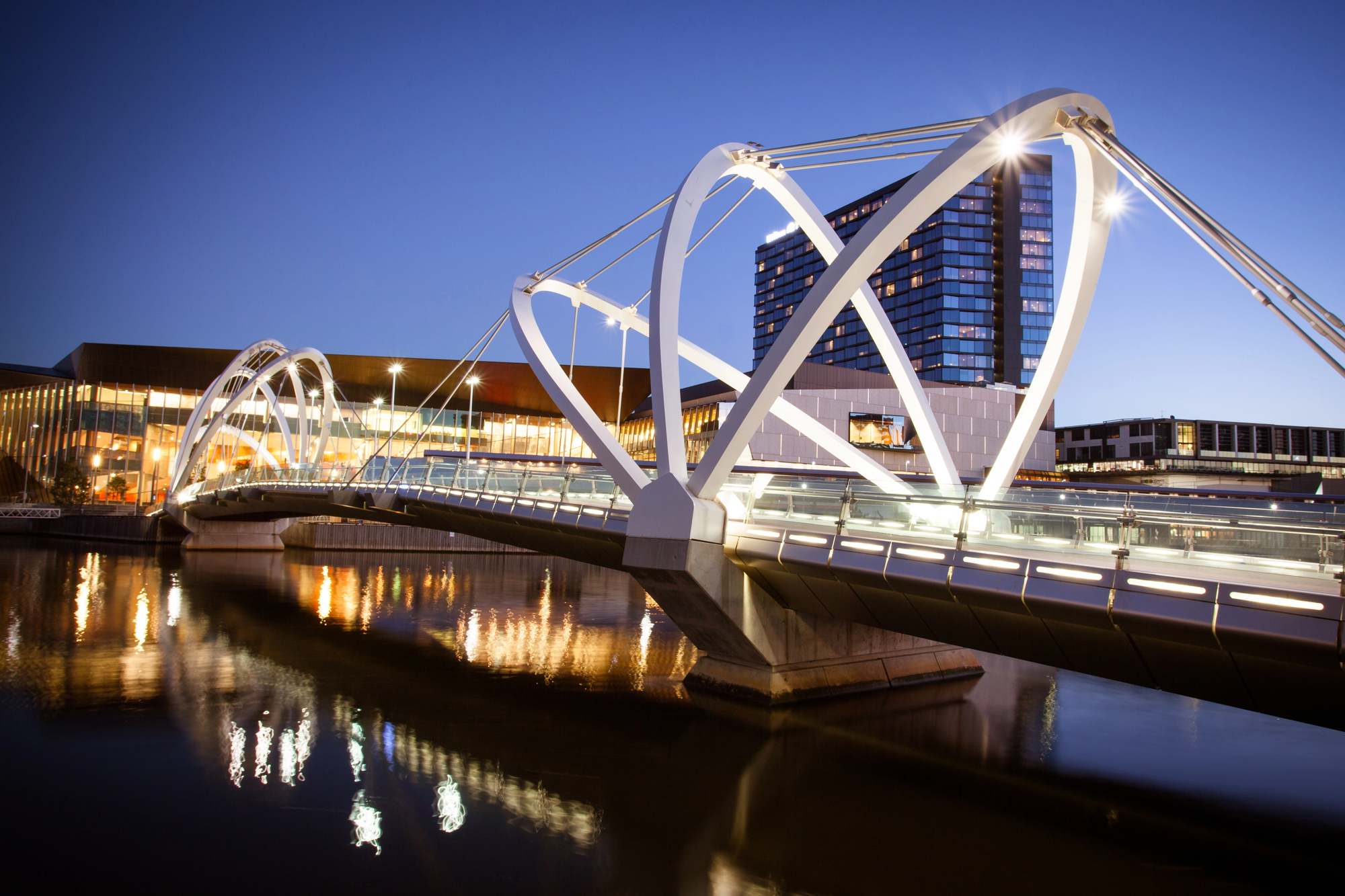
Australia’s cultural capital surrounds its central business district with a green necklace of parks and gardens from the 19th century, creating a welcome contrast to the urban core. The Royal Botanic Gardens Victoria features more than 8,500 plant species arranged into themed collections across 94 acres of meticulously maintained landscapes.
The Yarra River corridor connects multiple parks with walking and cycling trails that showcase the city’s commitment to outdoor living.
Like Travel Pug’s content? Follow us on MSN.
San Francisco
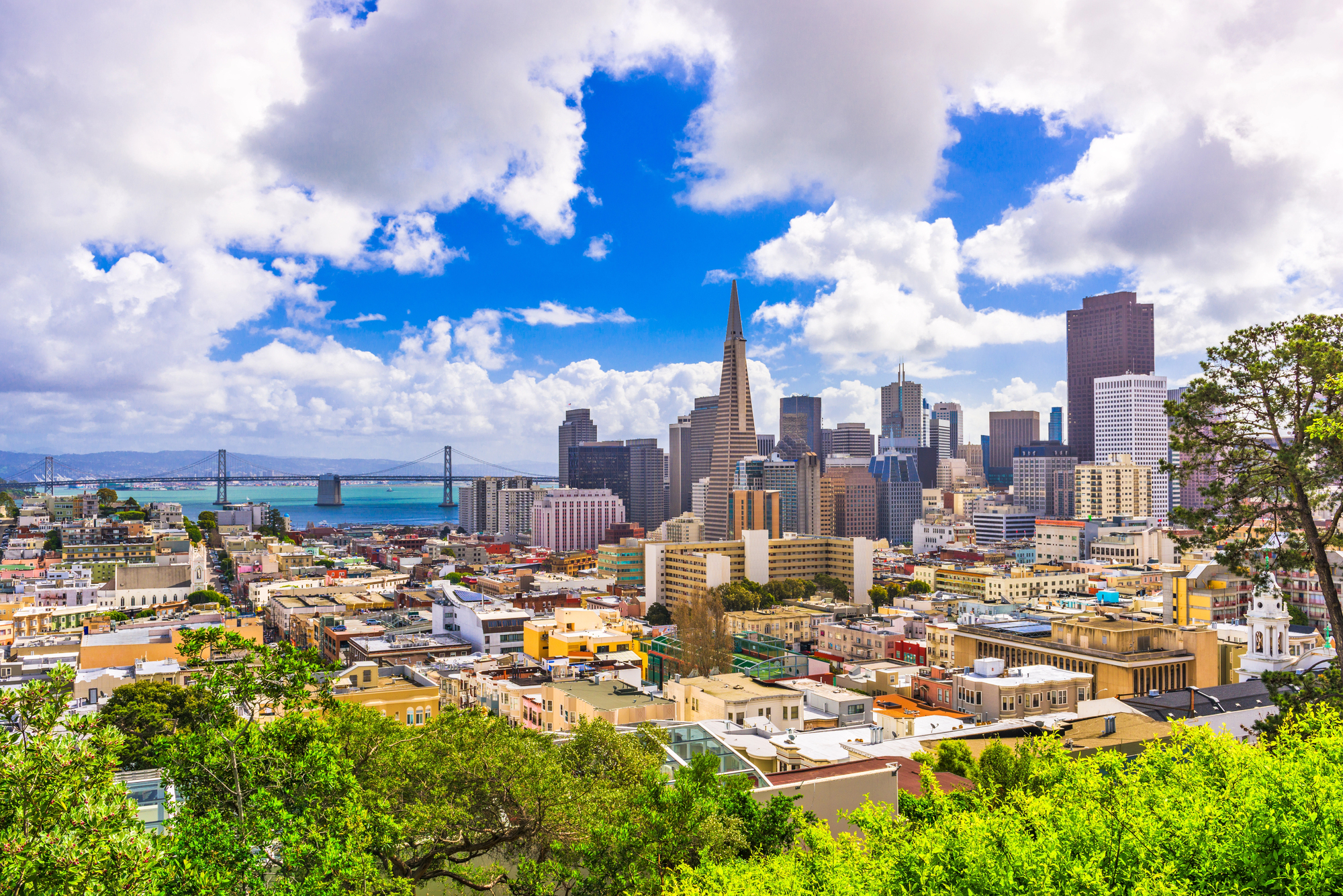
The City by the Bay features an impressive variety of parks, considering its limited 49-square-mile footprint. Golden Gate Park stretches three miles from the Haight-Ashbury neighborhood to the Pacific Ocean, encompassing 1,017 acres of gardens, lakes, and cultural institutions.
The Presidio, a former military base turned national park, offers spectacular views of the Golden Gate Bridge from its coastal trails and historic batteries.
Stockholm
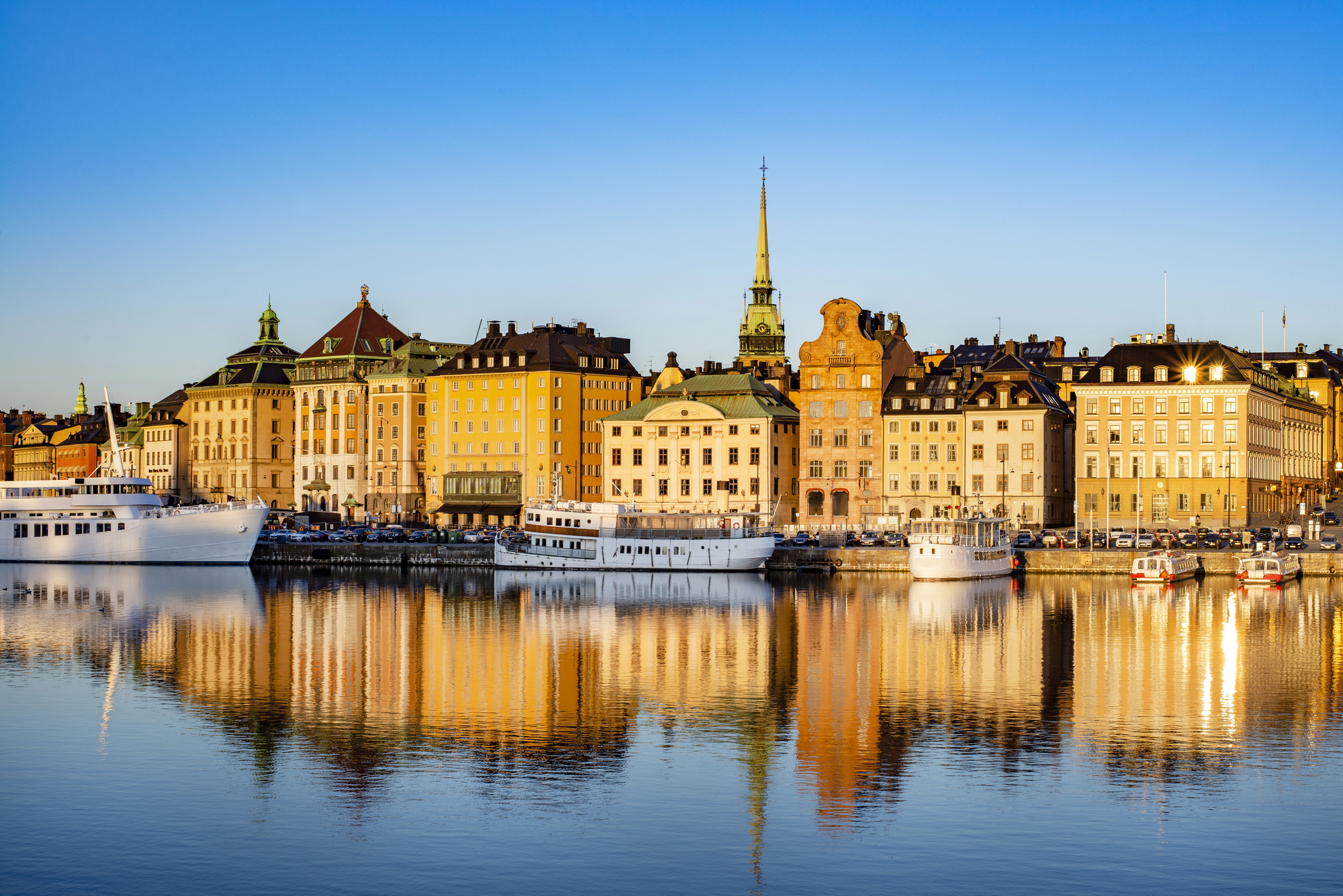
Sweden’s capital spreads across 14 islands connected by 57 bridges, incorporating water and green space into its fundamental design. The city’s Royal National City Park forms the world’s first urban national park, covering 6,000 acres of forests, meadows, and waterways.
Djurgården island combines historic buildings, museums, and woodland in a setting that perfectly represents Stockholm’s balanced approach to urban planning and nature preservation.
Madrid
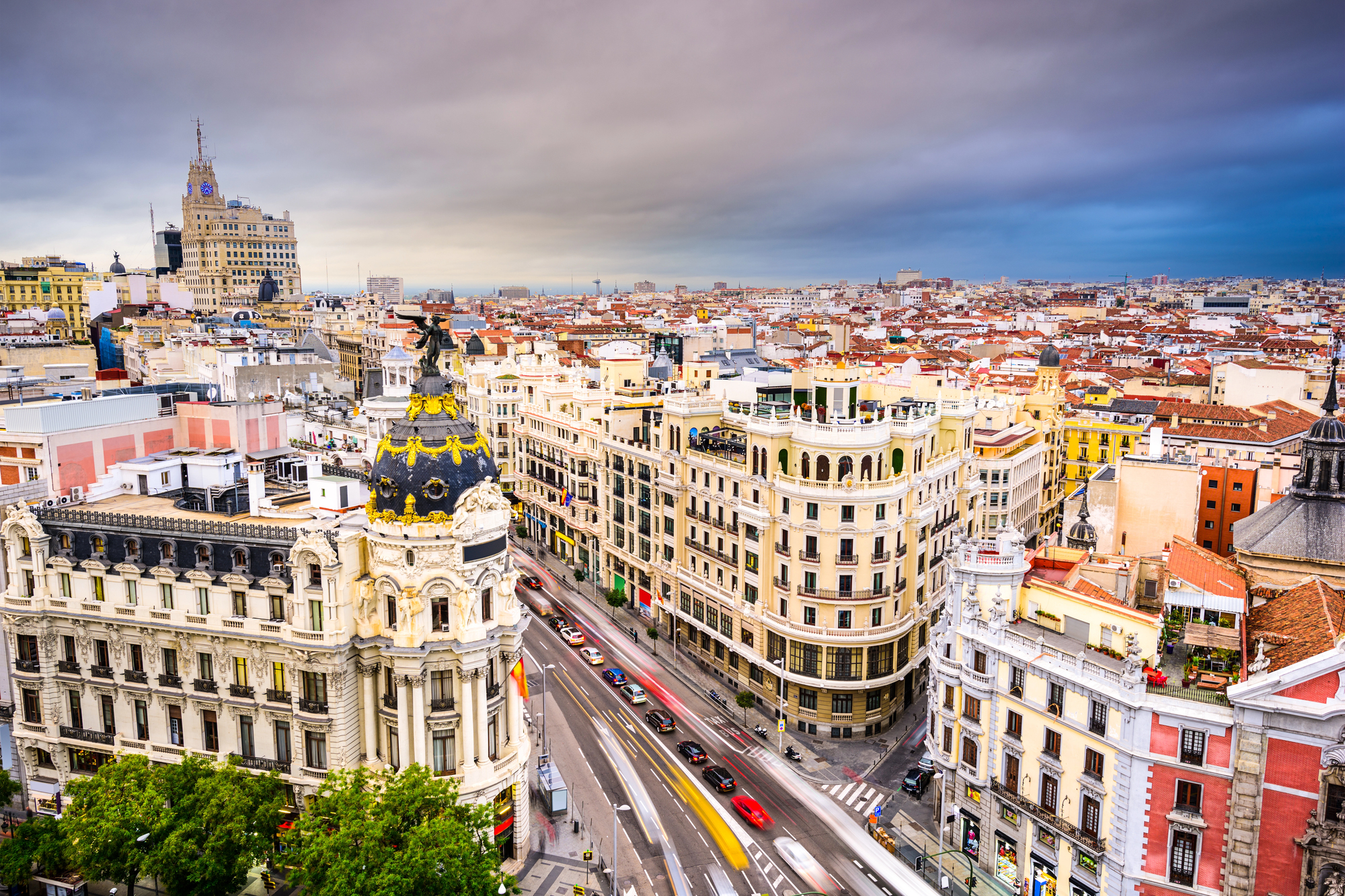
Spain’s capital showcases how historic European cities can maintain significant green spaces despite centuries of development. Retiro Park, once the private garden of the Spanish monarchy, now offers 350 acres of formal gardens, rowing lakes, and cultural venues in the heart of the city.
Casa de Campo, at five times the size of New York’s Central Park, provides a natural forest environment with hiking trails, an amusement park, and a cable car offering panoramic city views.
Like Travel Pug’s content? Follow us on MSN.
Atlanta
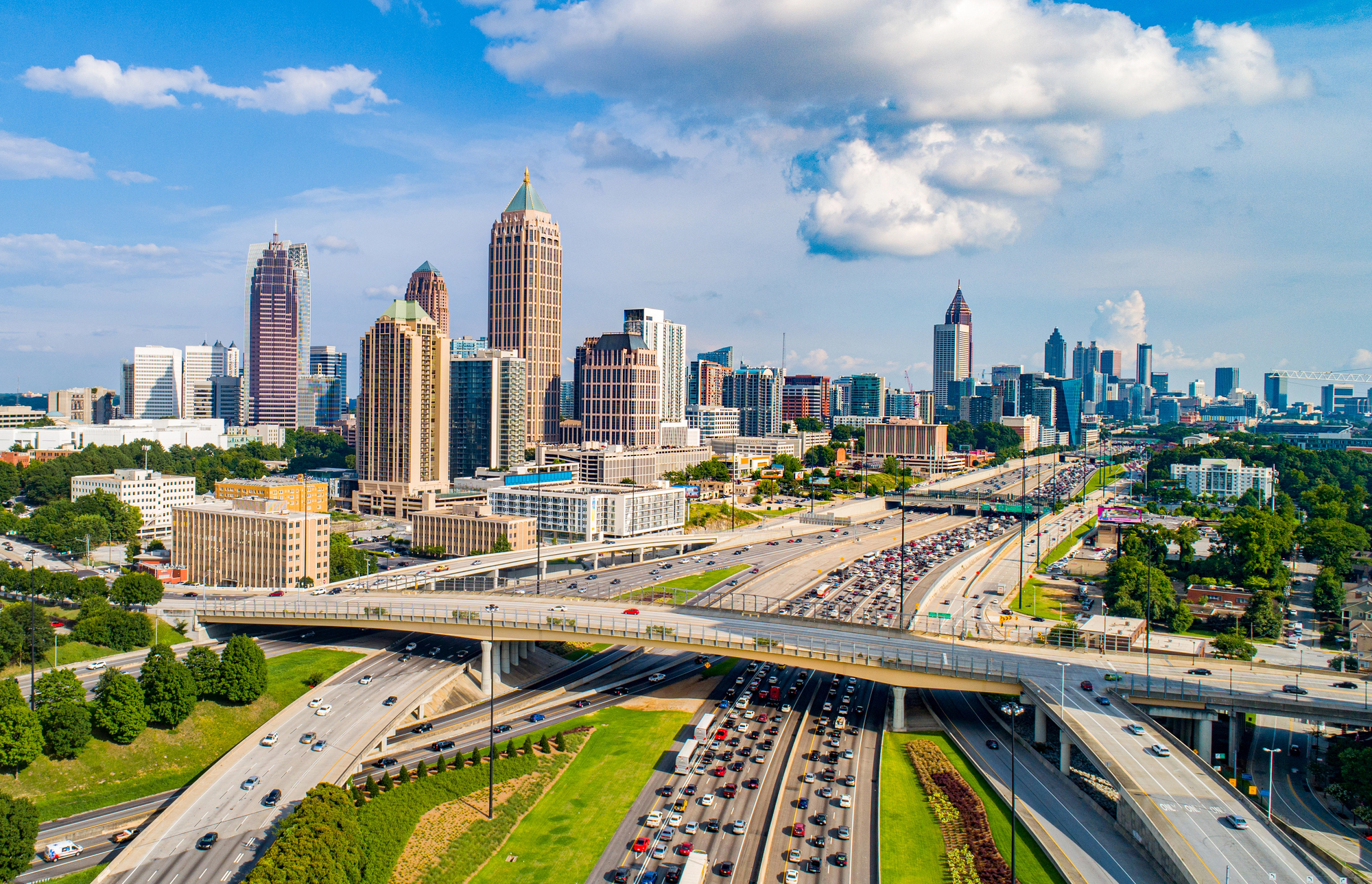
Georgia’s capital embraces its nickname ‘City in a Forest’ with a 47% tree canopy coverage that ranks among the highest percentages for major American cities. Piedmont Park serves as Atlanta’s central green space with 185 acres featuring walking paths, athletic fields, and a lake with skyline views.
The Atlanta BeltLine transforms 22 miles of former railway corridors into a network of parks, trails, and transit connecting 45 neighborhoods.
Seattle
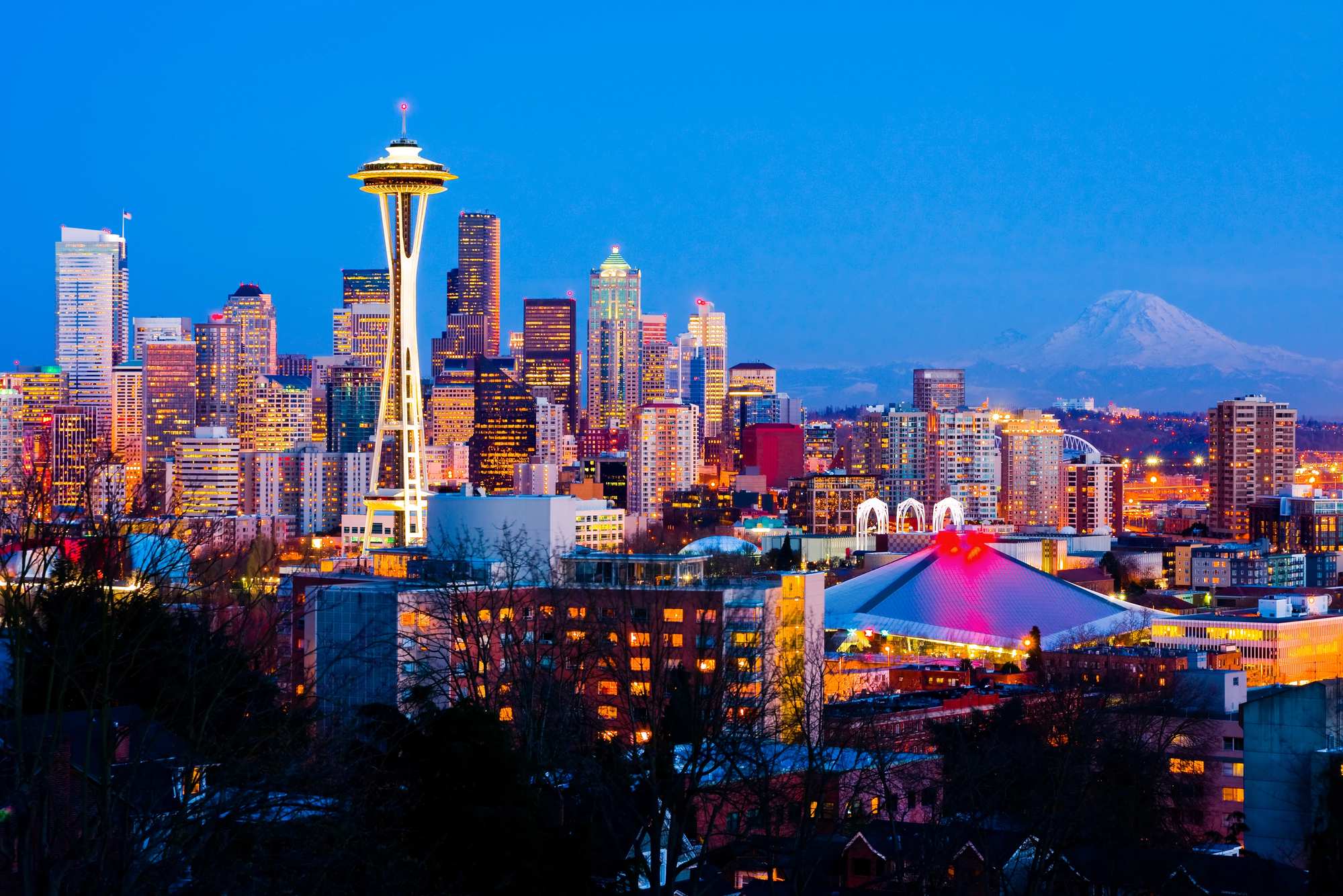
The Emerald City lives up to its nickname with a park system that takes advantage of its dramatic setting between Puget Sound and Lake Washington. Discovery Park, a 534-acre natural area on a former military base, features meadows, forests, beaches, and stunning views of the Olympic Mountains.
Gas Works Park repurposed an industrial site into a beloved public space where towering ruins of a former gasification plant create a unique backdrop for kite-flying and sunset-watching.
Boston

America’s oldest major city maintains historic green spaces that have shaped urban park design worldwide. The Emerald Necklace, designed by landscape architecture pioneer Frederick Law Olmsted, connects a 1,100-acre chain of parks through the heart of Boston.
The Rose Kennedy Greenway, built atop the underground highway created by the “Big Dig” project, represents modern park innovation with contemporary art installations, botanical gardens, and food truck plazas.
Like Travel Pug’s content? Follow us on MSN.
Tokyo
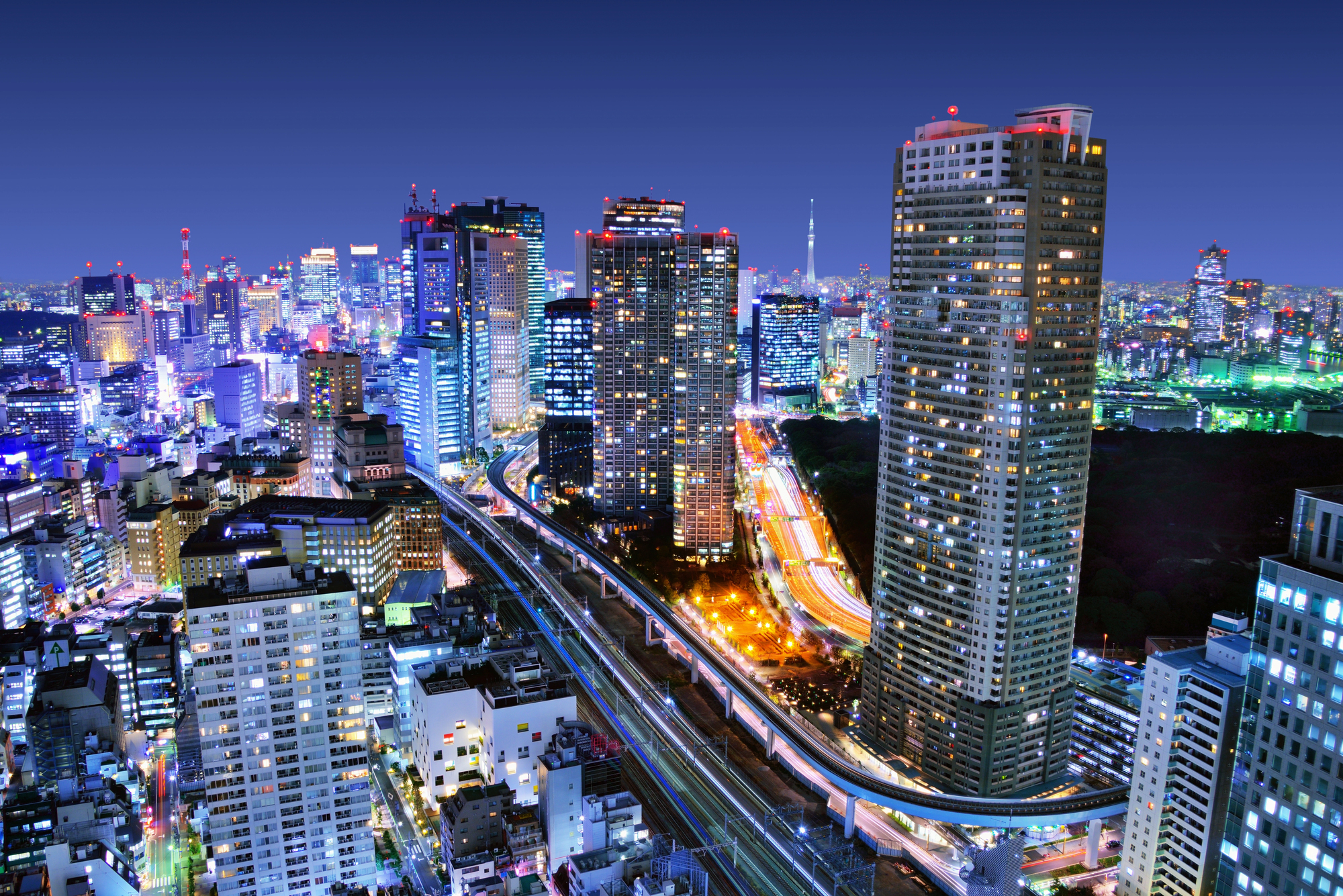
Despite being the world’s most populous metropolitan area, Japan’s capital maintains exceptional green spaces that reflect the culture’s reverence for nature. Shinjuku Gyoen National Garden combines traditional Japanese, formal French, and English landscape styles across 144 acres in one of the city’s busiest districts.
Yoyogi Park transforms from a serene forest retreat on weekdays to a vibrant gathering place on weekends, hosting musicians, dancers, and hobbyist groups practicing everything from martial arts to rockabilly dancing.
Philadelphia
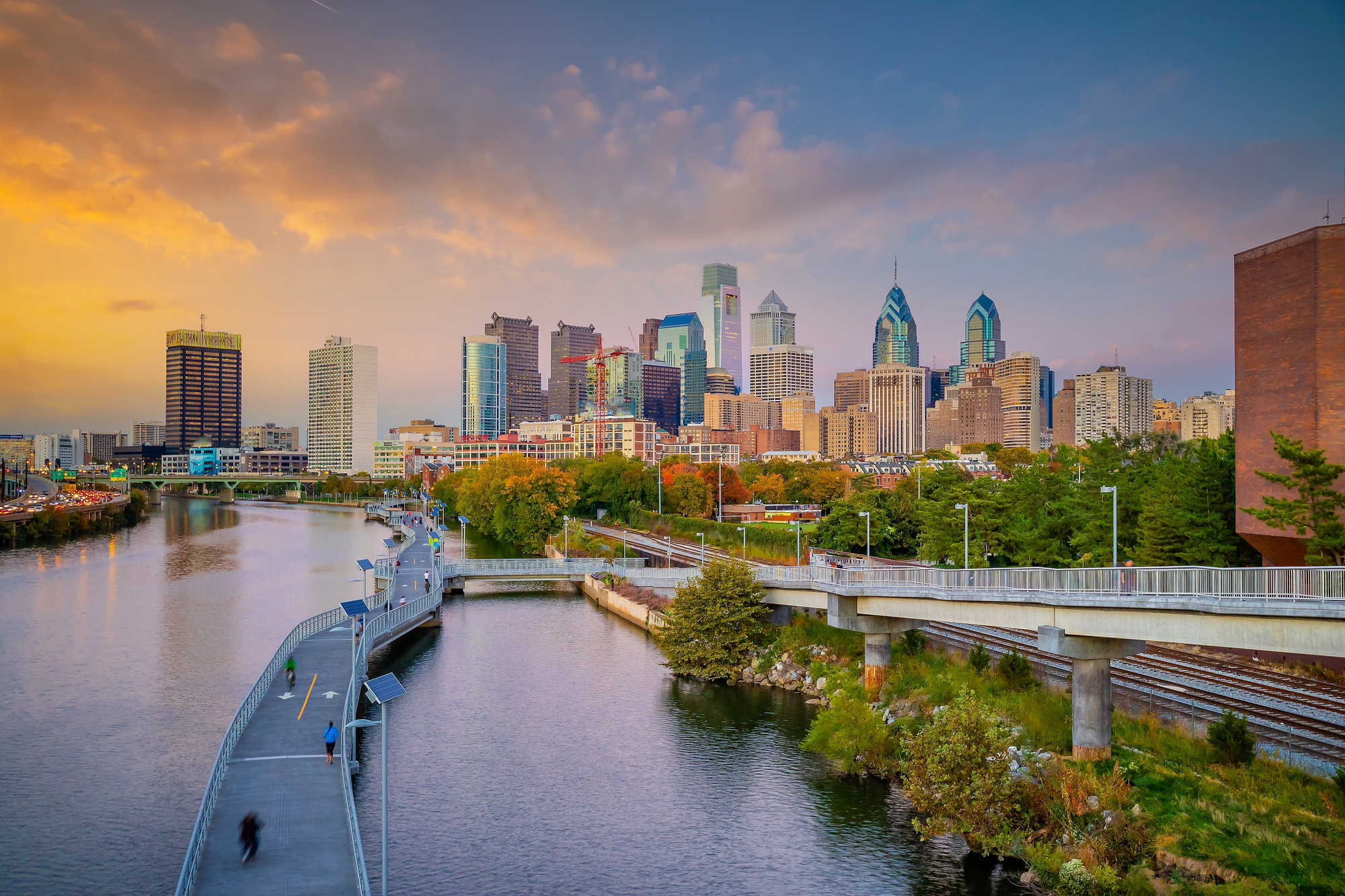
America’s first planned city incorporated five original squares into its 1682 grid layout, establishing green space as essential urban infrastructure from the beginning. Fairmount Park, one of America’s largest urban park systems at over 2,000 acres, includes miles of riverside trails, historic mansions, and the nation’s oldest zoo.
More recent additions like the elevated Rail Park and waterfront Race Street Pier show Philadelphia’s continued commitment to innovative public spaces.
Cape Town
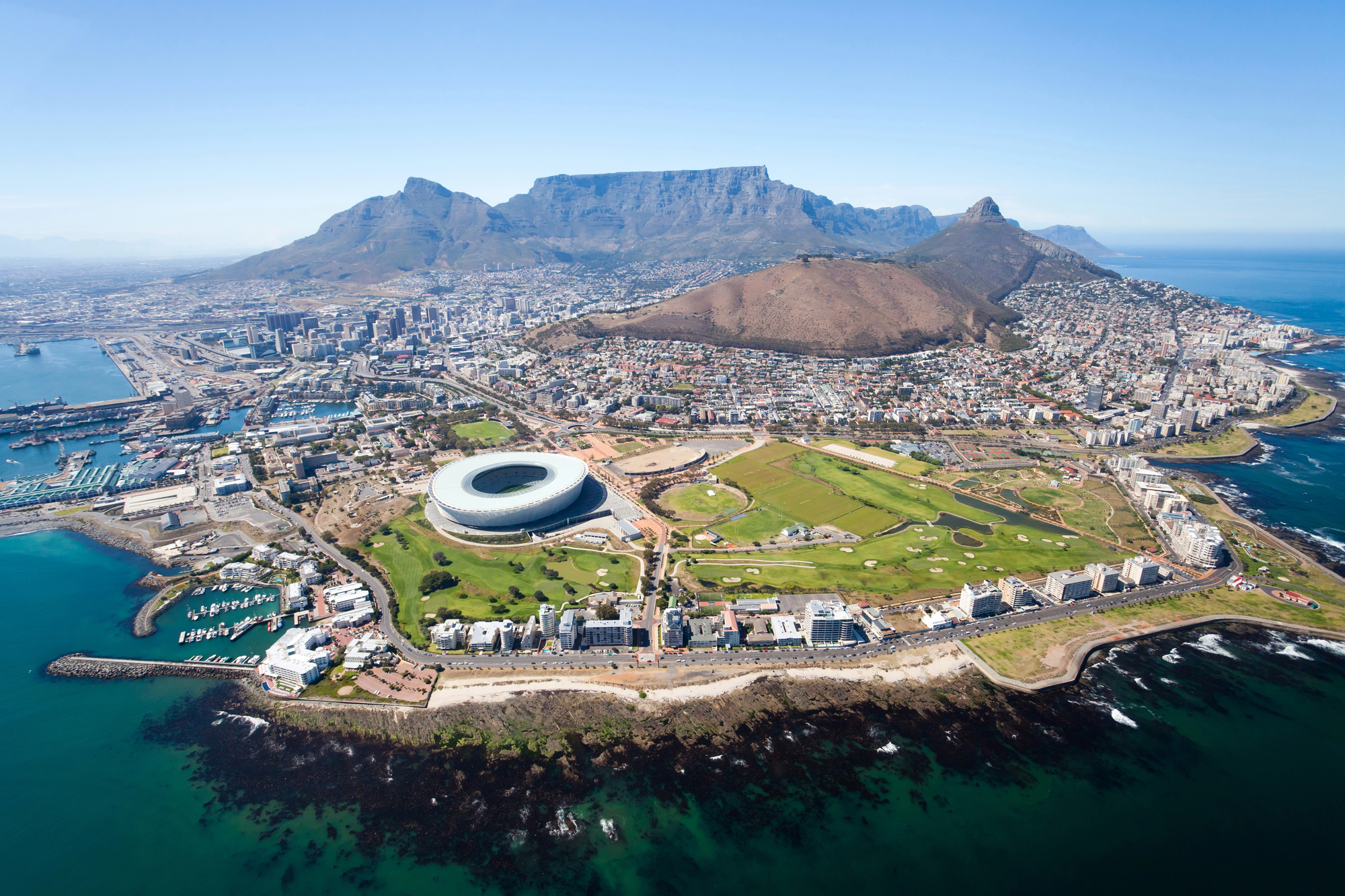
South Africa’s legislative capital features dramatic parks backed by Table Mountain’s imposing silhouette. The Company’s Garden, established in 1652 as a refreshment station for ships, now serves as a central park with botanical displays, museums, and avenues of ancient trees.
Kirstenbosch National Botanical Garden, considered among the world’s most beautiful, showcases the incredible diversity of South African plants against the eastern slopes of Table Mountain.
Like Travel Pug’s content? Follow us on MSN.
Mexico City
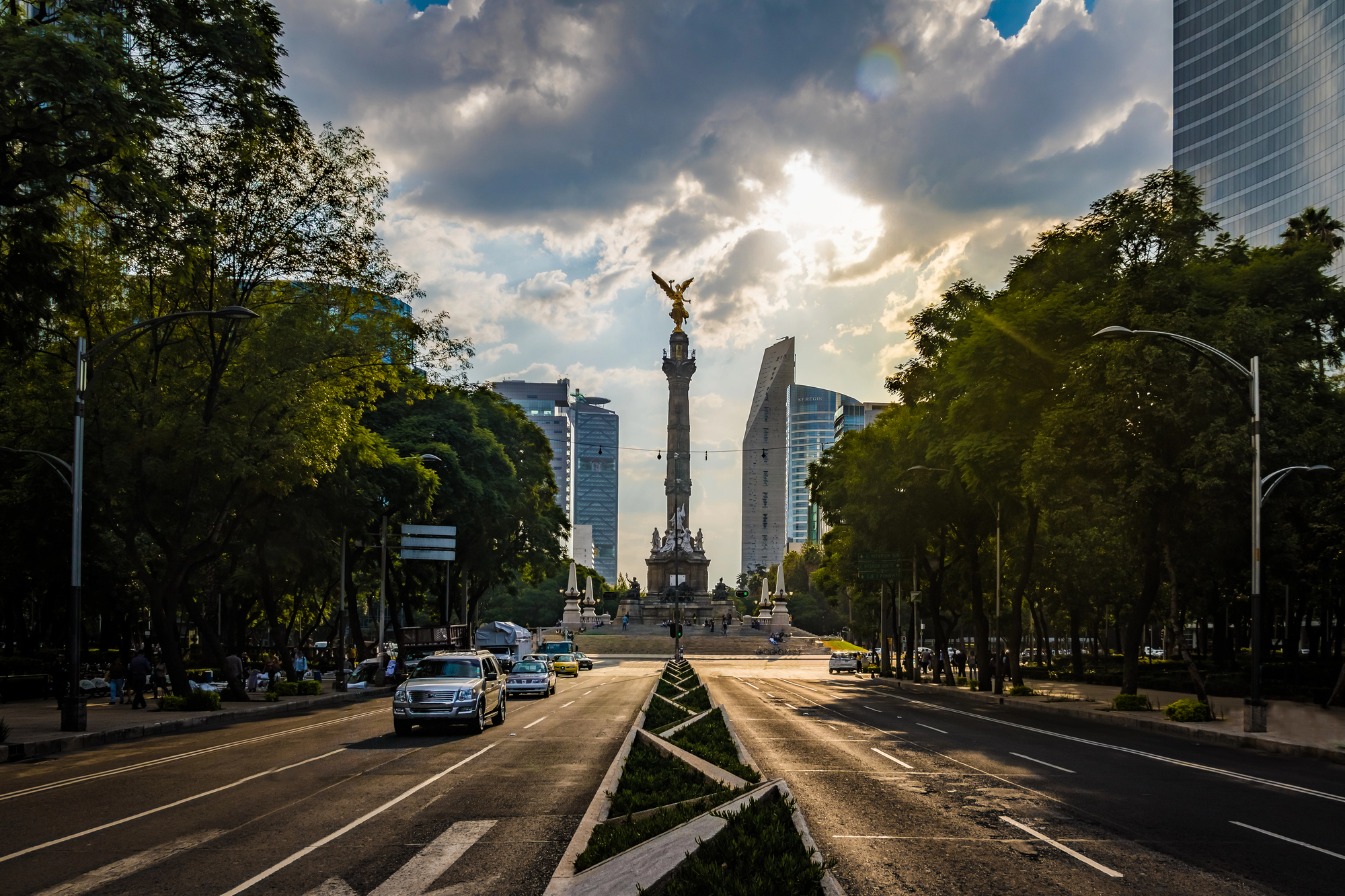
North America’s largest metropolis counterbalances its urban density with outstanding parks, including the ancient Chapultepec Forest covering 1,695 acres in the city center. This vast green space houses multiple museums, a castle, lakes, and monuments while serving as Mexico City’s primary recreational area.
The linear Parque Lineal incorporates sustainable design by reclaiming a former roadway as a public space featuring native plants, walking paths, and gathering areas.
Washington DC
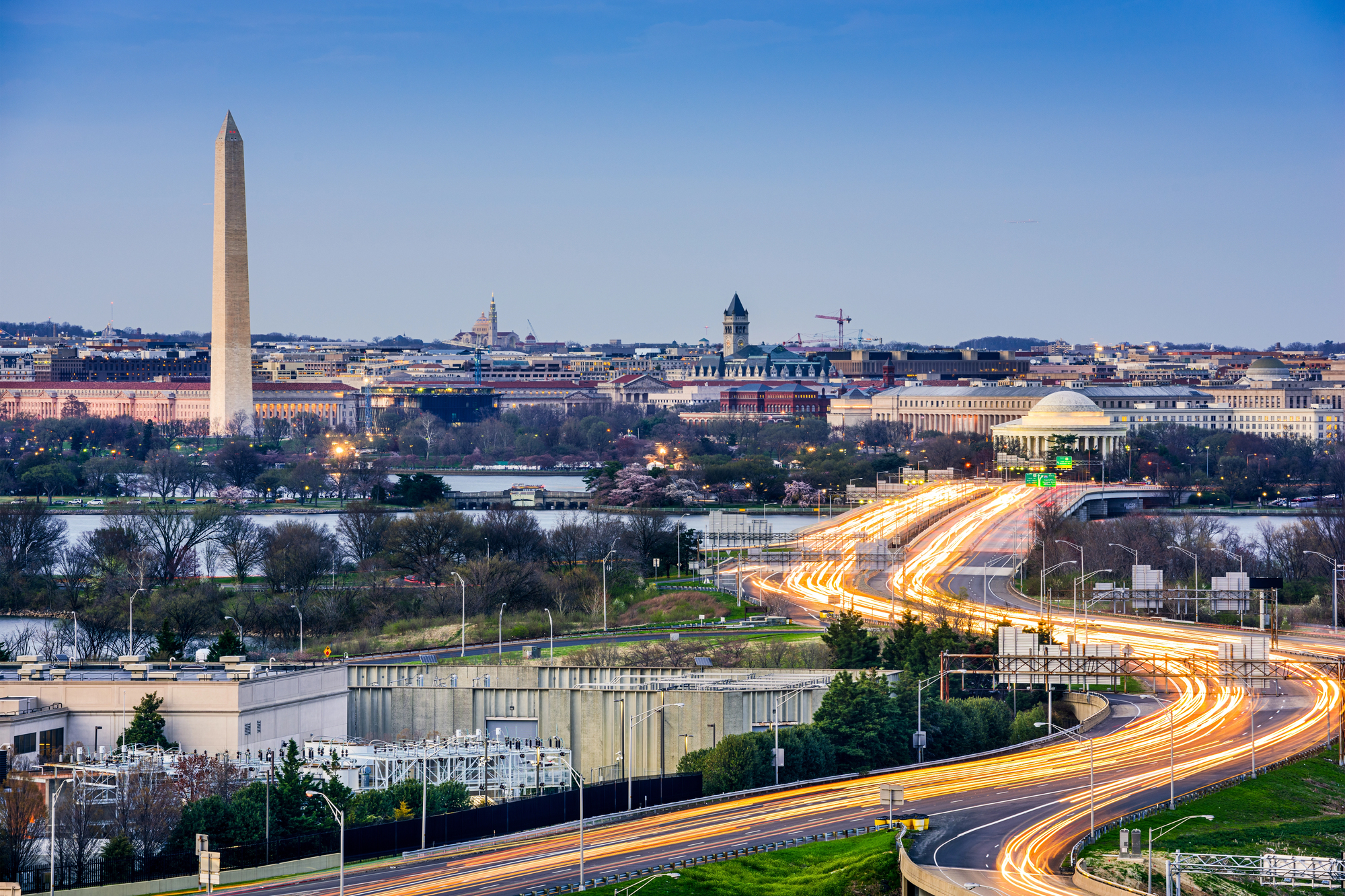
America’s capital city was designed around parks and public spaces from its inception, with the National Mall serving as its centerpiece. The 1,754-acre Rock Creek Park cuts a green swath through the city, providing woodland hiking just minutes from urban neighborhoods.
The extensive Capital Crescent Trail, Anacostia Riverwalk, and numerous circle parks demonstrate how Washington’s green spaces connect neighborhoods while preserving the city’s historic character.
London
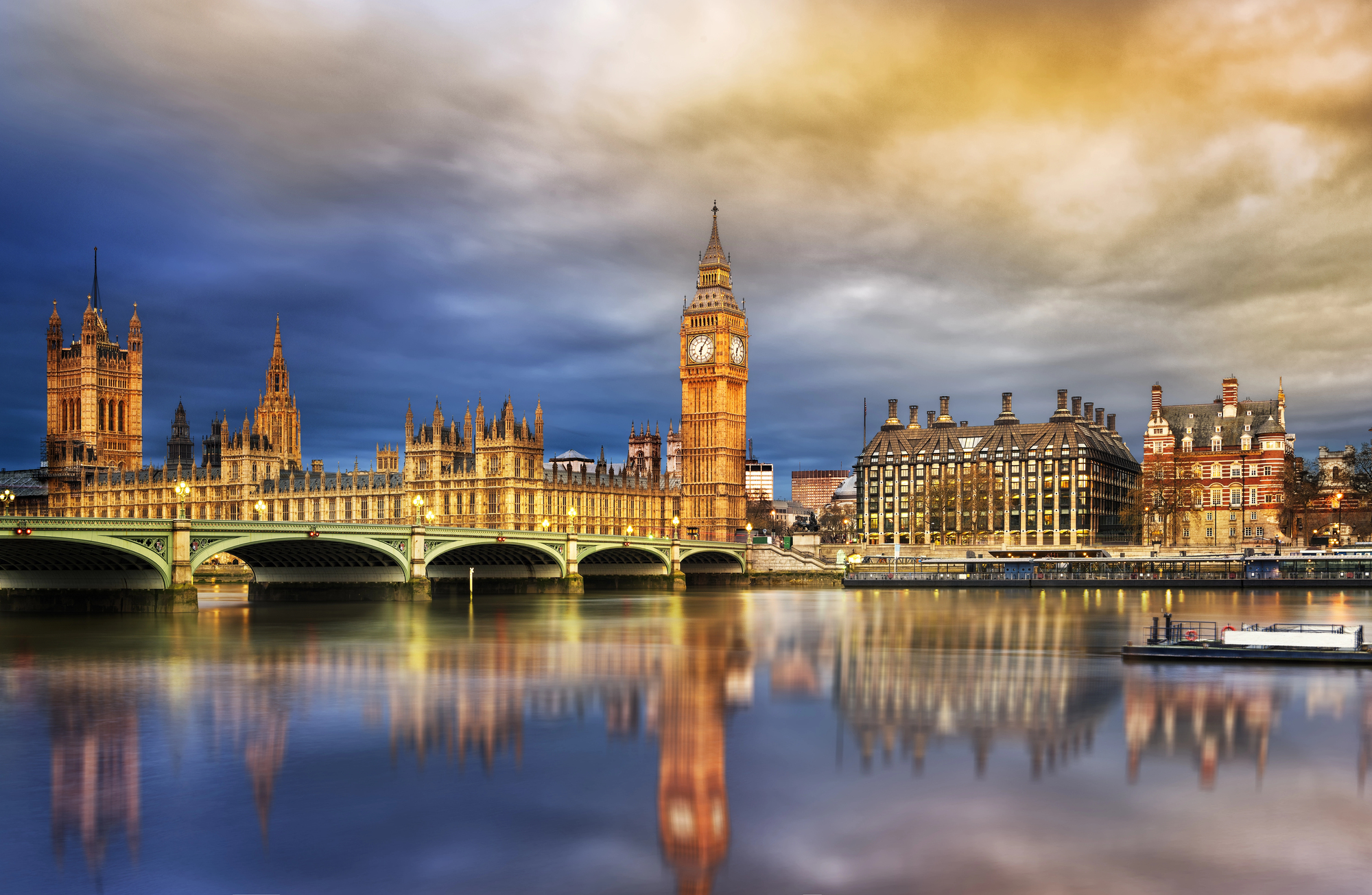
The British capital maintains magnificent royal parks that once served as hunting grounds for monarchs but now offer public recreation in the heart of one of Europe’s largest cities. Eight royal parks covering 5,000 acres provide critical green infrastructure, from Hyde Park’s Serpentine Lake to Richmond Park’s ancient oaks and free-roaming deer herds.
The Queen Elizabeth Olympic Park represents London’s newest major green space, transforming the 2012 Olympic venue into a cutting-edge public recreation area.
Like Travel Pug’s content? Follow us on MSN.
Green Urban Treasures
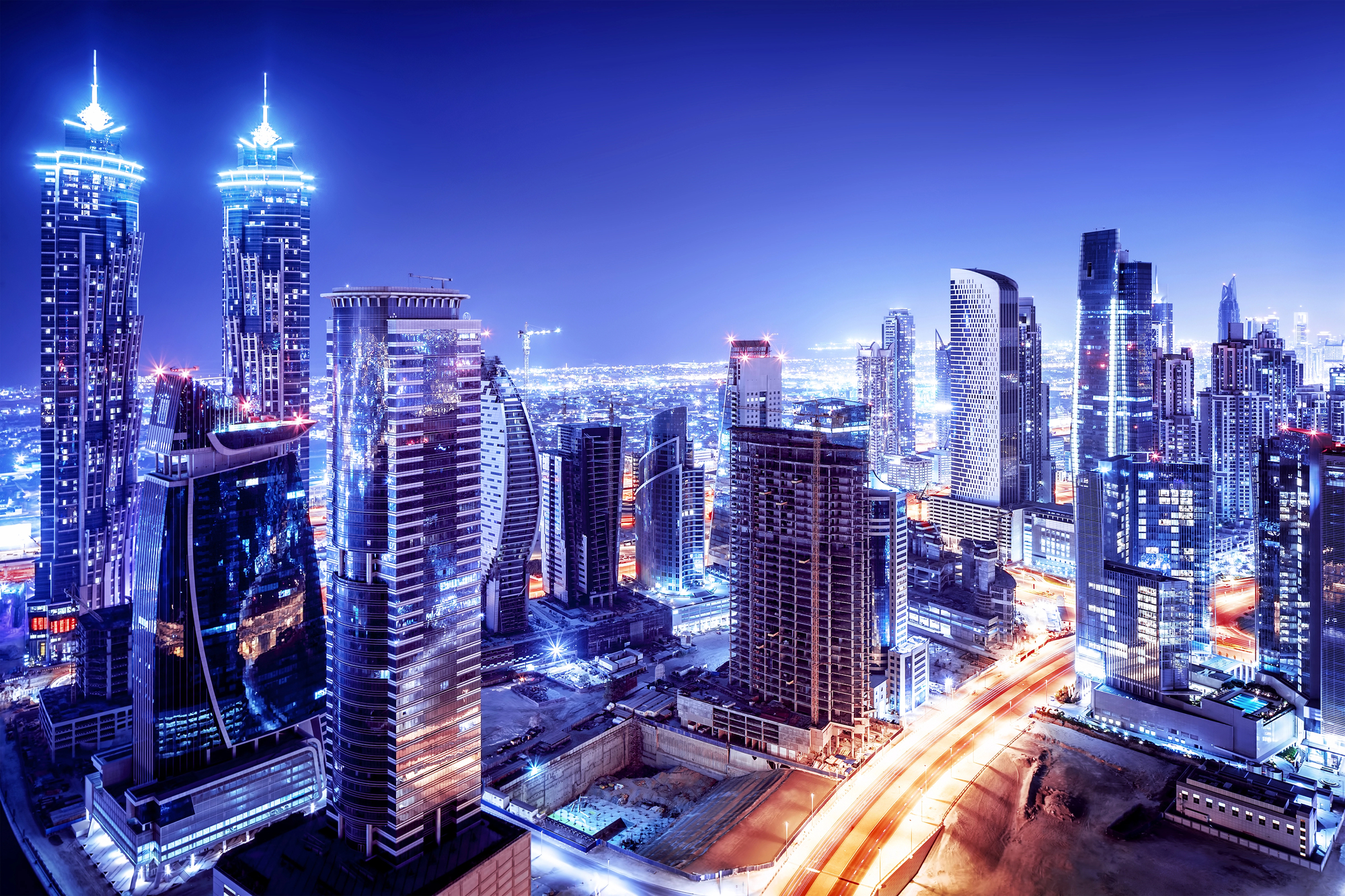
These remarkable urban park systems demonstrate how cities worldwide have recognized the essential role of accessible green space in creating livable communities. Beyond their recreational value, these parks preserve ecological functions, celebrate cultural heritage, and provide economic benefits through increased property values and tourism appeal.
As urban populations continue growing globally, these exemplary park systems offer valuable models for balancing development with natural space. Visitors who make time to explore these green networks often discover the authentic heart of these cities, where residents gather, celebrate, and connect with nature amid urban landscapes.
More from Travel Pug

- Cities Growing so Fast You Won’t Recognize Them in 10 Years
- 13 Destinations Where Tourists Regularly Regret Their Trip
- 16 U.S. Cities That Are Quietly Becoming Travel Hotspots
- Where to Travel If You Love Long Bus Rides and Daydreams
- 20 Cities Perfect for Solo Travelers Who Crave Adventure & Culture
Like Travel Pug’s content? Follow us on MSN.
